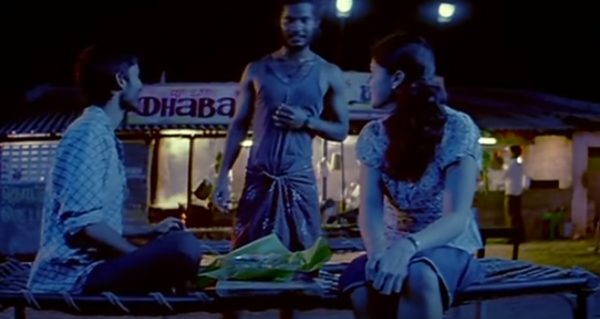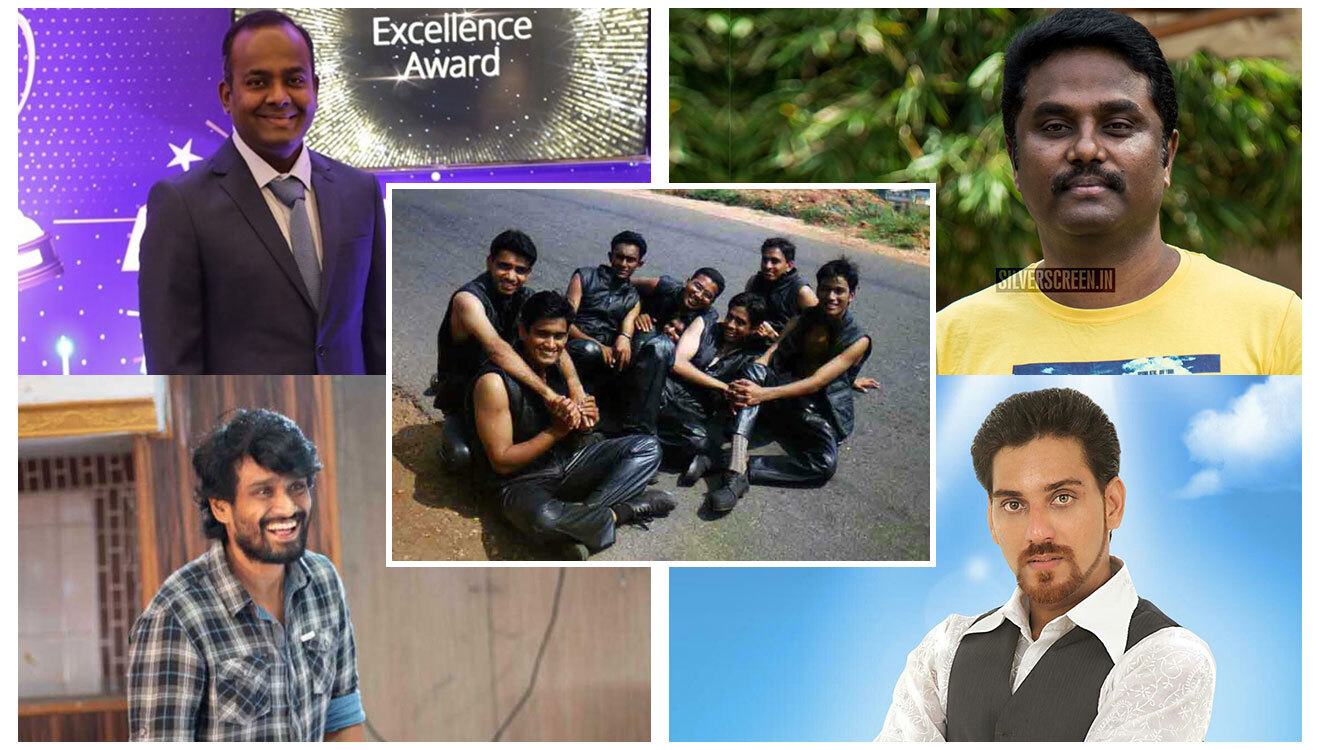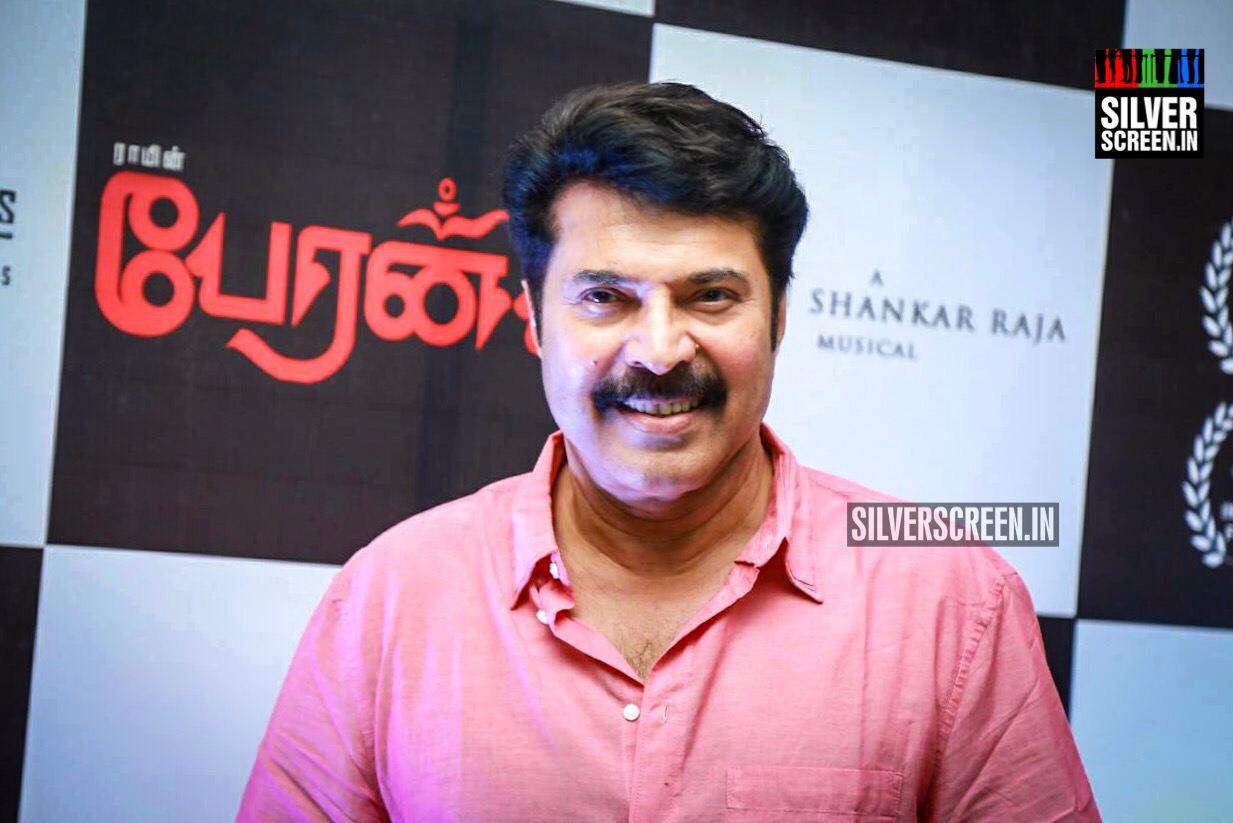Soda Bottle Talkies, where Apoorva Sripathi chews on that delicious intersection between food and movies.
When you think of the ubiquitous kaiyendhi bhavan (KB) on every corner, you’re undoubtedly reminded of scenes where people — IT employees, auto drivers, housekeepers, college students — are milling around for food. Some are quickly wolfing down their plates of idli as the dosai master deftly spreads the batter on the tawa; dogs are seen pillaging through leftovers and loud conversations take place. But does the kaiyendhi bhavan represent more than that, especially in Tamil cinema?
Now, if you’re a Tamil film cognoscenti, a savant, a veteran fanatic that switches through KTV, Sun TV, Jaya TV, Jaya Movies, Vijay TV and every other 120+ channel in between playing anything from Bharatha Vilas to Thuppakki, then you’d have spotted at least one (pivotal or not) scene with a kaiyendhi bhavan. Because the KB is really the water cooler of the movie it’s set in — unassuming, affordable and approachable to all and where key conversations and scenes happen. The KB symbolises a class position that the average movie goer can relate to — not the one percent but the 99. And it’s these kaiyendhi bhavans (and by extension, tea kadais) that become a physical place for class interaction. They are unifiers in Tamil cinema — the firsts among equals — places where many class-conflicts and conversations occur.
Take Sivaji (2007) for example. The film is all about Rajnikanth, a rich and successful software engineer from the United States, who visits Chennai seeking a “Tamil experience”. His introduction song with Nayanthara where he reminisces about his humble childhood in the village, visit to the temple where he bumps into Shreya and falls in love with her (she represents everything that is “traditional” and “local”)… it’s all about returning to his roots.
But until he loses just about everything and sits in a kaiyendhi bhavan, he is superficial; all of it is just an experience that people who’ve gone abroad to study and make a living do when they come back to India. In the film, Rajinikanth is not local, but he associates with local. And when it comes to fighting back against the villain Suman, Rajini becomes the underdog whose class position changes and it’s embodied by the kaiyendhi bhavan. The kaiyendhi bhavan is his office, his home ground, his rock bottom. The food — tea, bajji, dosai, parotta and whatever else he eats — symbolises his rootedness.
It is where Shankar (the director) plays us to believe that Rajini is one of us, when in actual fact, he is far from it. In another scene involving the tea kadai, where Rajini (who eats a delightfully crispy and oily orange bajji) blackmails Suman for his money and documents, the young tea kadai boy is co-opted in his fight. Suman looks at the place chosen with disdain — from eating a breakfast served on a silver plate, using silver prongs, to the place where the biscuits are stored in dusty old glass jars, and where tea is served in paper cups and bajjis are wrapped in old newspapers. It’s what Suman perceives to be an “undesirable” location.
In films like Minnale and Aadukalam, romance seems to be the theme symbolised by the kaiyendhi bhavan but the class undertones are very prominently present. The central conflict in Minnale (apart from Madhavan being a stalker who impersonates Reema Sen’s fiancé) is that he is seen as “local” or “low class” by the leader of the rival gang in college, Abbas, who is presented as an upper class Christian boy with an American education.
But despite Madhavan’s character being that of a Brahmin Iyer boy, the film wants us to believe that he is from a lower class; one who can never compete with Abbas and the heroine, Sen (who is also shown as upper class). She breezily waltzes into church as a bridesmaid, leaves her lipstick mark on a glass of water, dances in the rain with small children, works for Ford, and lives alone in what seems to be a massive three-bedroom house in Adyar. Here, the kaiyendhi bhavan seems to be set as a romantic rescue when all of Madhavan’s plans fail (he hires a car to go around, brings her gifts, makes reservations at a posh restaurant). But the scene where they eat at a kaiyendhi bhavan is a point of her reconciliation with his “local” roots. Even though their reaching there is unintended, her eating at the kaiyendhi bhavan is treated as a metaphor for her acceptance of his Aminjikarai “local-ness”...

Even in Aadukalam, Dhanush’s character, who makes his living by cockfighting in Madurai, falls for Taapsee Pannu’s sophisticated Anglo-Indian character; one whose family thinks being successful is emigrating and settling down in Australia. Typically, they look down upon Dhanush and the fact that he isn’t like them; in the eyes of her parents, he is “low class”. But it’s the ‘local’ kaiyendhi bhavan which serves as a date spot for the couple. It’s where Pannu’s character trades eggnog and mulled wine for paruthi pal (cotton seed milk, a local Madurai drink) and learns how to eat the parotta-salna. She even ends up wiping her hands on her dress after eating, instead of the family-approved paper towel.
The kaiyendhi bhavan is also a backdrop for unlikely relationships, like in Santhosh Subramaniam, where a college-going, middle class, manic pixie dream girl of a heroine, played by Genelia D’Souza, befriends a pani puri vendor, and is even angry with him when he doesn’t share his cell phone number. In the lesser-known Naan Pesa Ninaipathellam, Sandhya (a once rich woman whose fiancé leaves her after she loses her father and the money), becomes friends with the struggling Vishwanath, who sings on the street to support his cousin (who then promptly abandons him when she finds success). The two come together to work hard and succeed.

The class unifier that the kaiyendhi bhavan is, as much as it caters to people from all walks of life, their struggles, love, loss and even their fights, it also is a place of learning and mishap. The hilarious ‘kaaka biriyani‘ scene in Run (2002) essays this brilliantly. Vivek, who has lived all his life in Srirangam, with the privilege and the money that can only come with a upper caste middle-class father (or mother) supporting him in every step, comes to Chennai to stay with his friend and look for a brighter future. But the sheltered and soft Vivek loses all his money, his belongings and the address of his friend, and begins to take up odd jobs so he can afford food.
This struggle for a daily existence only reminds Vivek that he’s been pampered all his life and that out in the real world, there’s really no one to help you, but for a kaiyendhi bhavan, barring the dubious food they might or might not serve. With a measly five rupees in hand, he decides to buy a plate of chicken biryani only to discover that he’s eating crow — metaphorically and literally.
*****
Apoorva Sripathi is a Chennai-based writer and amateur artist. She tweets at @Apoorvasripathi.



